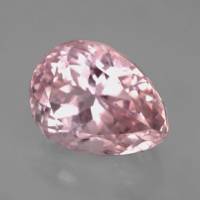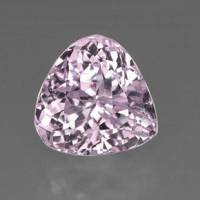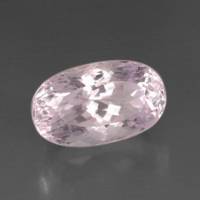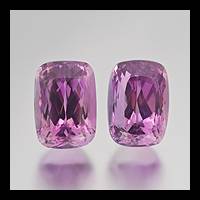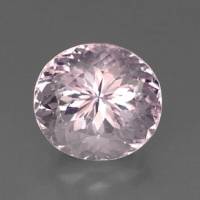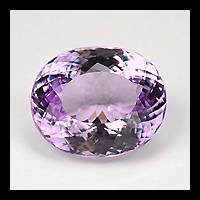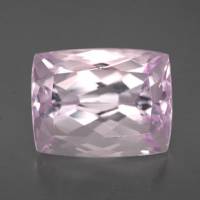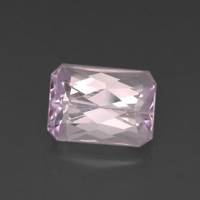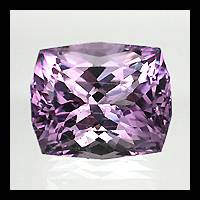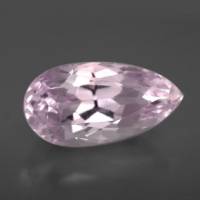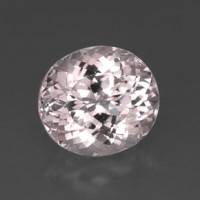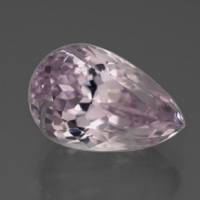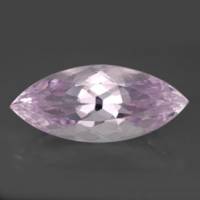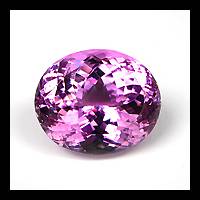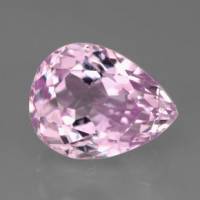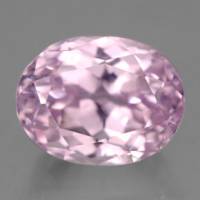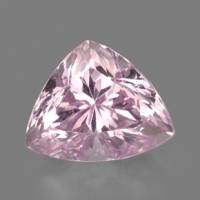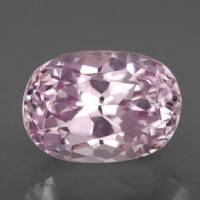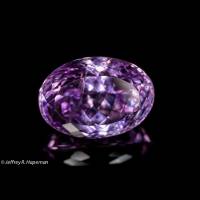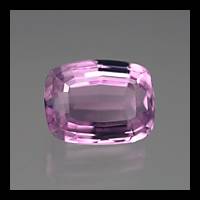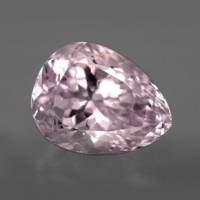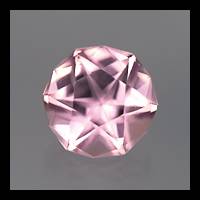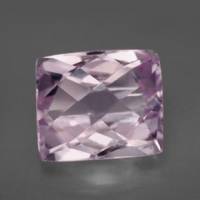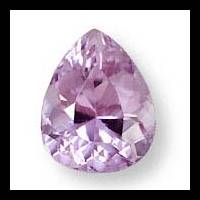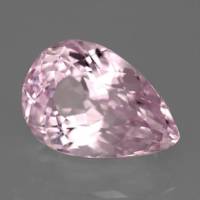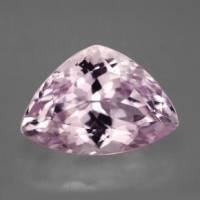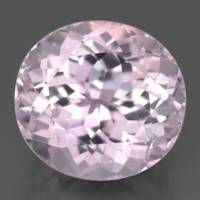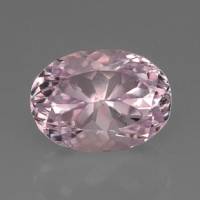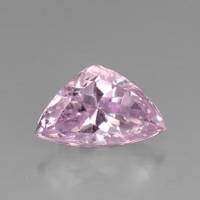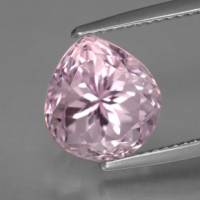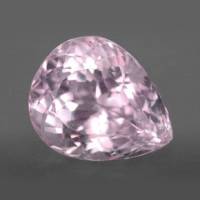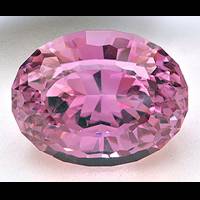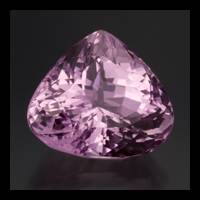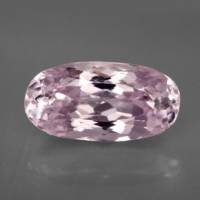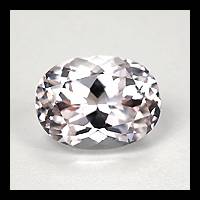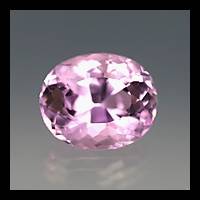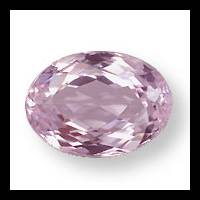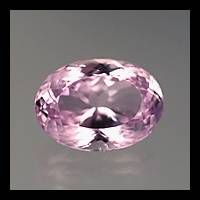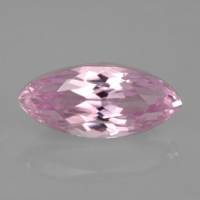Kunzite
Kunzite Gemstones by Colour
This table shows the variety of hues this gemstone can be found in. Click on a photo for more information.
Kunzite Gemstones by Size
This table shows distribution of Kunzite gemstone sizes that are listed on this site. This can give a good indication as to the general availability of this gemstone in different sizes.
Contributed photos
Lightest:0.49 cts
Heaviest:551.65 cts
Average:25.09 cts
Total photos:73
Do you have a larger Kunzite? Why not upload a photo?
| General Information | |||||||||||||||||||||||||||||||||||||||||
|---|---|---|---|---|---|---|---|---|---|---|---|---|---|---|---|---|---|---|---|---|---|---|---|---|---|---|---|---|---|---|---|---|---|---|---|---|---|---|---|---|---|
| A variety or type of: | Spodumene | ||||||||||||||||||||||||||||||||||||||||
| Chemical Formula |
| ||||||||||||||||||||||||||||||||||||||||
| Kunzite Treatments | |||||||||||||||||||||||||||||||||||||||||
| Irradiation of pink or purple manganese-containing kunzite produces an intense, deep green color, which fades very rapidly (1h or so) in light or on gentle heating. This change was first reported in 1909 by Meyer; Przibram and Caffyn (1956) give this and other early references. Almost any form of irradiation produces this change. Kunzite from Madagascar produces a brown color (Przibram and Caffyn, 1956), which fades extremely rapidly to the usual green color, which itself fades rapidly. The color of heat-bleached kunzite can be restored by irradiation, which must be followed by heating or exposure to light to remove the green (and possibly brown) colors which form simultaneously. The pink color of kunzite fades on heating to about 500°C, but can be restored by irradiation (colorless to pink) followed by heating. Here too, light has been noted to bleach the color of some kunzite, at least to some extent over extended periods of time (Sinkankas, 1963). Low temperatures, in the 100-250°C range, are used to convert a bluish or purplish pink into a lighter, clearer pink color - Nassau (1984) Color may be improved or "created" by artificial irradiation (not detectable) -Blue Chart Gem Identification, Herve Nicolas Lazzarelli, 2010, p 4 | |||||||||||||||||||||||||||||||||||||||||
| Physical Properties of Kunzite | |||||||||||||||||||||||||||||||||||||||||
| Mohs Hardness | 6 to 7, Blue Chart Gem Identification (2010) More from other references | ||||||||||||||||||||||||||||||||||||||||
| Specific Gravity | 3.15 to 3.21, Blue Chart Gem Identification (2010) More from other references | ||||||||||||||||||||||||||||||||||||||||
| Tenacity | Brittle, Gemstones of the world (2001) | ||||||||||||||||||||||||||||||||||||||||
| Cleavage Quality | Perfect, Gemmological Tables (2004) | ||||||||||||||||||||||||||||||||||||||||
| Fracture | Uneven, Gemstones of the world (2001) | ||||||||||||||||||||||||||||||||||||||||
| Light Sensitivity | Some kunzite is light sensitive and the colour will fade over time when exposed to strong sunlight (in particular kunzite where the colour has been created/enhanced using irradiation). Natural kunzite from Pala, California is believed to be much more stable, with some specimens left in the sun for over six months without fading.gemdat.org management team (2012) | ||||||||||||||||||||||||||||||||||||||||
| Optical Properties of Kunzite | |||||||||||||||||||||||||||||||||||||||||
| Refractive Index | 1.657 to 1.681, Blue Chart Gem Identification (2010) More from other references | ||||||||||||||||||||||||||||||||||||||||
| Optical Character | Biaxial/+, Blue Chart Gem Identification (2010) | ||||||||||||||||||||||||||||||||||||||||
| Birefringence | 0.014 to 0.016, Blue Chart Gem Identification (2010) | ||||||||||||||||||||||||||||||||||||||||
| Pleochroism | Strong trichroism: colorless - pink - violet, Blue Chart Gem Identification (2010) More from other references | ||||||||||||||||||||||||||||||||||||||||
| Dispersion | 0.017, Gemstones of the world (2001) | ||||||||||||||||||||||||||||||||||||||||
| Colour | |||||||||||||||||||||||||||||||||||||||||
| Colour (General) | Pink, violet-pink, Gemmological Tables (2004) | ||||||||||||||||||||||||||||||||||||||||
| Causes of Colour | Coloring agent is manganese., Gemstones of the world (2001) | ||||||||||||||||||||||||||||||||||||||||
| Transparency | Transparent, Gemmological Tables (2004) | ||||||||||||||||||||||||||||||||||||||||
| Lustre | Vitreous, Gemstones of the world (2001) Vivid vitreous | ||||||||||||||||||||||||||||||||||||||||
| Fluorescence & other light emissions | |||||||||||||||||||||||||||||||||||||||||
| Fluorescence (General) | Moderate to strong pink to orange (weaker to SW), Blue Chart Gem Identification (2010) | ||||||||||||||||||||||||||||||||||||||||
| Fluorescence (Short Wave UV) | Orange, Gemmological Tables (2004) | ||||||||||||||||||||||||||||||||||||||||
| Fluorescence (Long-Wave UV) | Orange, Gemmological Tables (2004) | ||||||||||||||||||||||||||||||||||||||||
| Crystallography of Kunzite | |||||||||||||||||||||||||||||||||||||||||
| Crystal System | Monoclinic, Blue Chart Gem Identification (2010) More from other references | ||||||||||||||||||||||||||||||||||||||||
| Habit | Prismatic, tabular, Gemstones of the world (2001) | ||||||||||||||||||||||||||||||||||||||||
| Geological Environment | |||||||||||||||||||||||||||||||||||||||||
| Where found: | Deposits occur in granite pegmatite., Gemstones of the world (2001) | ||||||||||||||||||||||||||||||||||||||||
| Inclusions in Kunzite | |||||||||||||||||||||||||||||||||||||||||
| There are frequently aligned inclusions such as tubes or fractures. - Gemstones of the world, Walter Schumann, 2001, p 114 | |||||||||||||||||||||||||||||||||||||||||
| Further Information | |||||||||||||||||||||||||||||||||||||||||
| Mineral information: | Kunzite information at mindat.org | ||||||||||||||||||||||||||||||||||||||||
| Significant Gem Localities | |||||||||||||||||||||||||||||||||||||||||
| |||||||||||||||||||||||||||||||||||||||||



